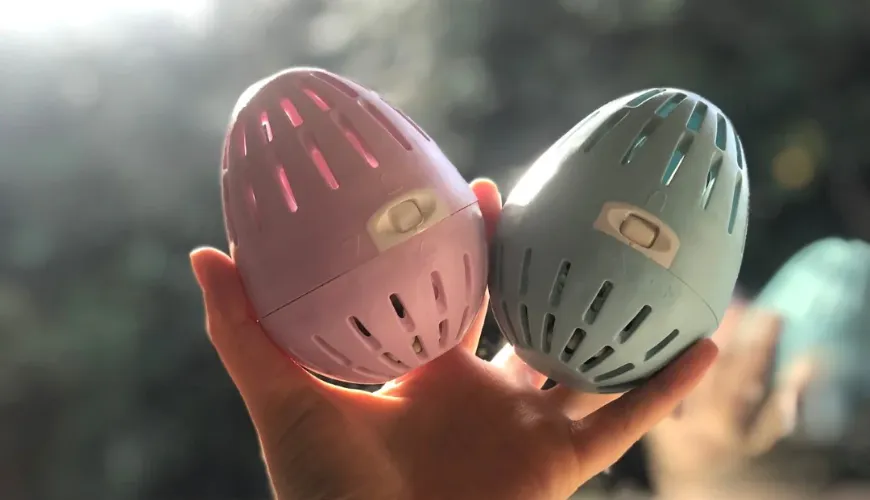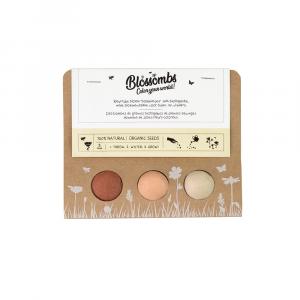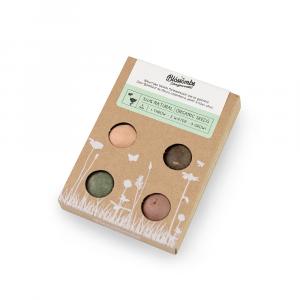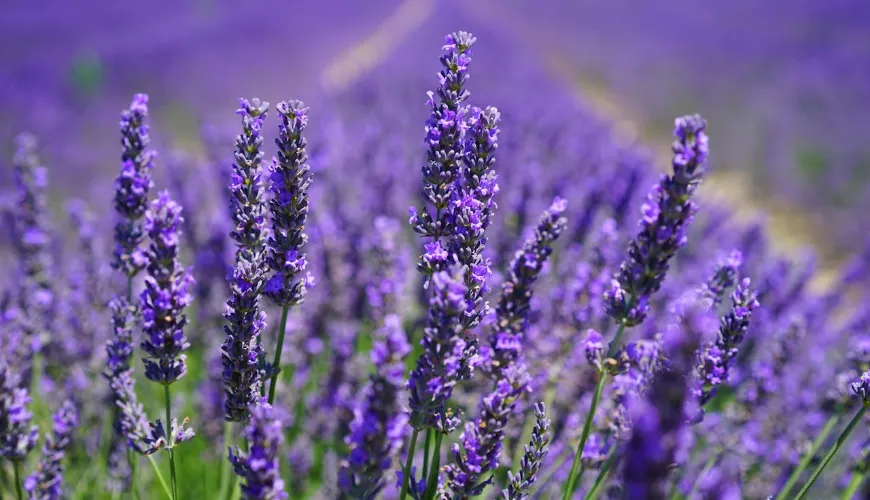
How and When to Properly Repot Orchids

Orchids are popular among flower enthusiasts for their unique beauty and diversity. This genus of plants, which includes more than 25,000 different species (according to some sources, even 28,000), is characterized by enchanting flowers that can have almost any color and shape you can imagine.
Orchids originate from tropical and subtropical regions around the world, from rainforests to mountainous areas, and they even adapt to various climatic conditions. Thanks to their adaptability and resilience, they have become popular plants for indoor cultivation, where they can bring an exotic touch to any space.
When and Why to Repot Orchids
Repotting orchids is a key aspect of their care, contributing to their longevity and healthy growth. There is no exact time set for repotting, but most experts recommend doing this step every two to three years. The most suitable time for repotting is after flowering and before the start of the new growing season, when the plant is restoring its energy and beginning to produce new shoots. This time is ideal because the plant quickly recovers from repotting and adapts better to the new environment.
Other reasons for repotting orchids may include deteriorating substrate quality, signs of root rot, or if the substrate becomes too dense and doesn't retain enough moisture. If the substrate is decayed, full of pests, or has a drying salt coating, it's time for a replacement. Repotting is also important if the plant shows signs of growth stagnation, which may indicate it is clogged by the root system or needs fresh nutrients.
Try our natural products
Preparation for Repotting
Preparation is a crucial step for successful repotting. Before you start, make sure you have everything you need. Choose a suitable substrate – orchids require a special mix that allows for good aeration and drainage. A typical orchid substrate contains bark, perlite, and sometimes coconut fiber. This mix supports a healthy root system and prevents water accumulation, which could lead to root rot.
A transparent pot is ideal because it allows you to monitor the health of the roots. The new pot should be 2 to 3 cm larger than the current one. You will also need clean scissors for trimming roots, charcoal powder or cinnamon for treating cut surfaces, and of course, a new substrate mix.
How to Repot an Orchid Step by Step
Plant Preparation: Before the actual repotting, it is good to soak the plant in water to soften the roots. This will make it easier to remove them from the pot and remove the old substrate.
Removing from the Pot: Carefully remove the orchid from its original pot. If the substrate crumbles easily, it will be simpler. Ensure that the roots are not damaged during this process.
Checking the Roots: Once you have the orchid out, carefully examine the root system. Healthy roots should be firm and green. Damaged or dead roots, which are brown, soft, or show signs of rot, need to be removed. Use clean scissors and treat the cut surfaces with charcoal powder or cinnamon to prevent infections.
Preparing the New Pot: Pour a layer of substrate at the bottom of the new pot. Then place the orchid in the pot and gently add substrate around the roots. It's important that the roots are not overly compressed. Gently pack the substrate to stabilize the plant.
Watering and Placement: After repotting, place the orchid in a location with plenty of indirect light. Avoid watering for the first seven days to give the roots time to adapt. After this period, begin watering lightly to prevent overwatering.
Try our natural products
Care After Repotting
Repotting orchids is not just about changing pots. It's important to ensure that the orchid has optimal conditions for recovery and growth. Keep the plant in a place with sufficient but indirect light to prevent leaf burn. The ideal temperature for most orchids is between 18 and 24 °C during the day and slightly cooler at night. Orchids are sensitive to overwatering, which can lead to root rot. Water the plant once a week, less in winter, and always ensure that water drains well. It's better to water less frequently than too often, and always ensure that the substrate dries slightly between waterings.
Regular fertilization is also important. Use special orchid fertilizers that contain a balanced mix of nutrients. Fertilization should occur every two weeks during the growing season, usually spring and summer. In winter, when the plant slows down growth, you can reduce the frequency of fertilization.
Try our natural products
Monitoring and Maintenance After Repotting
After repotting orchids, it is important to monitor the health of the plant. Watch for new flowers, which should be bright and healthy. If the plant begins to show signs of stress, such as brown or yellow leaves, it could be a sign of problems with the root system or surrounding conditions. To prevent diseases and pests, regularly check the plant for pests such as aphids or insects. If you find pests, use natural insecticides or mild plant soap. Keeping the area around the plant clean and regularly changing the substrate can also help maintain the health of orchids.
Orchids are beautiful plants that can bring unique beauty and elegance to your home. Repotting orchids is an essential part of their care, ensuring they have healthy growth and longevity. With proper care and regular repotting, you can ensure that your orchids will bloom beautifully and thrive for many years.











